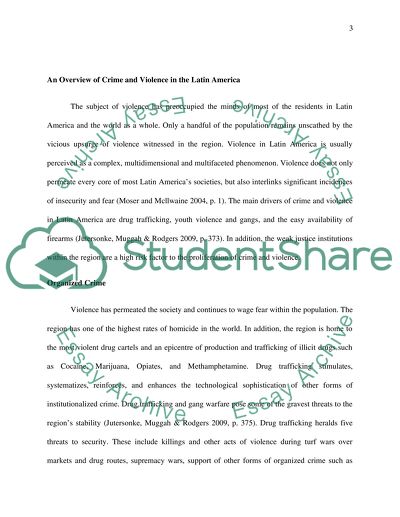Cite this document
(“Why is Latin America one of the most violence regions of the world Essay”, n.d.)
Retrieved from https://studentshare.org/sociology/1448644-why-is-latin-america-one-of-the-most-violence-regions-of-the-world
Retrieved from https://studentshare.org/sociology/1448644-why-is-latin-america-one-of-the-most-violence-regions-of-the-world
(Why Is Latin America One of the Most Violence Regions of the World Essay)
https://studentshare.org/sociology/1448644-why-is-latin-america-one-of-the-most-violence-regions-of-the-world.
https://studentshare.org/sociology/1448644-why-is-latin-america-one-of-the-most-violence-regions-of-the-world.
“Why Is Latin America One of the Most Violence Regions of the World Essay”, n.d. https://studentshare.org/sociology/1448644-why-is-latin-america-one-of-the-most-violence-regions-of-the-world.


